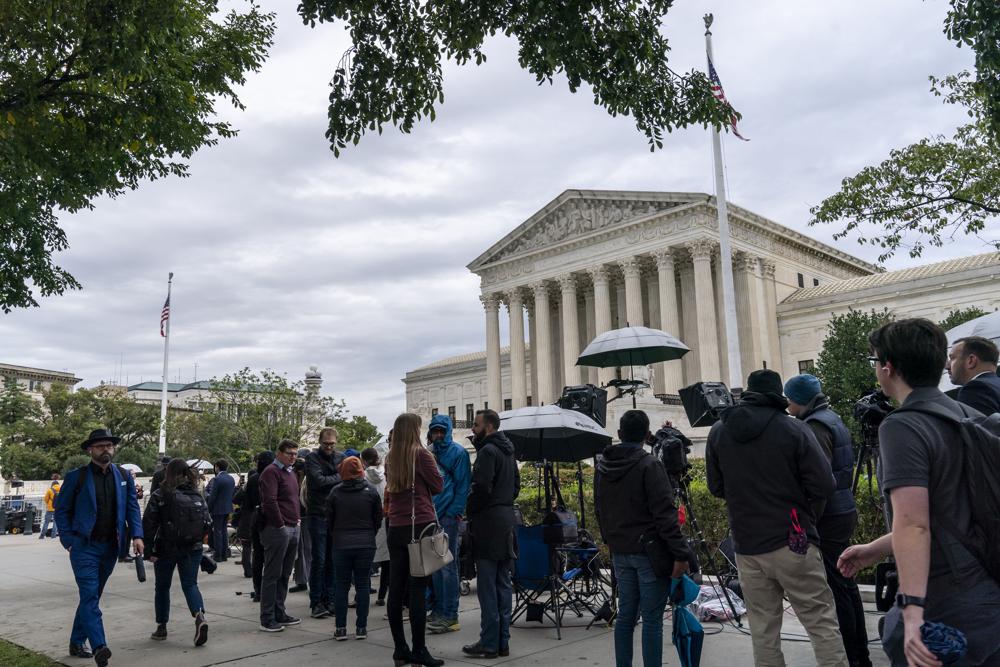The Supreme Court said Monday it won’t take up two cases that involved challenges to a ban enacted during the Trump administration on bump stocks, the gun attachments that allow semi-automatic weapons to fire rapidly like machine guns.
The justices’ decision not to hear the cases comes on the heels of a decision in June in which the justices by a 6-3 vote expanded gun-possession rights, weakening states’ ability to limit the carrying of guns in public.
The cases the justices declined to hear were an appeal from a Utah gun rights advocate and another brought by the gun rights group Gun Owners of America and others. As is typical the justices made no comments in declining to hear the cases and they were among many the court rejected Monday, the first day of the court’s new term.
The Trump administration’s ban on bump stocks took effect in 2019 and came about as a result of the 2017 mass shooting in Las Vegas. The gunman, a 64-year-old retired postal service worker and high stakes gambler, used assault-style rifles to fire more than 1,000 rounds in 11 minutes into the crowd of 22,000 music fans. Most of the rifles were fitted with bump stock devices and high-capacity magazines. A total of 58 people were killed in the shooting and two died later. More than 850 people were injured.
The Trump administration’s move was an about-face for the federal Bureau of Alcohol, Tobacco, Firearms and Explosives. In 2010, under the Obama administration, the agency found that bump stocks should not be classified as a “machinegun” and therefore should not be banned under federal law. Under the Trump administration, officials revisited that determination and found it incorrect.
The high court previously declined a different opportunity to take a case involving the ban.
The cases the court rejected Monday are W. Clark Aposhian v. Merrick B. Garland, 21-159, and Gun Owners of America v. Merrick B. Garland, 21-1215.
(AP)












2 Responses
If the 2nd amendment is based on the concept of the common law militia (consisting of all free persons, which in olden days excluded such as Jews, women, serfs, etc.), would the equivalent of a “bump stock” be considered a legitimate weapon. The answer is probably not – one would be expected to show up for the militia muster with a modern weapon, not something obsoleted that needed to be kludged.
Akuperma, the 2nd amendment is NOT based on the concept of the militia; it explicitly it applies to “the people”, which means all people, even if they’re not in the militia, such as women and older men.
But if Miller were still good law, then bump stocks would be excluded because they have no valid military use.
However these suits weren’t based on the 2nd amendment, they were based on the lack of statutory authority for the rule change. A bump stock is NOT a machine-gun, and BATF has no authority to just pretend it is one. It’s a pity the supreme court decided not to spend any time on this.